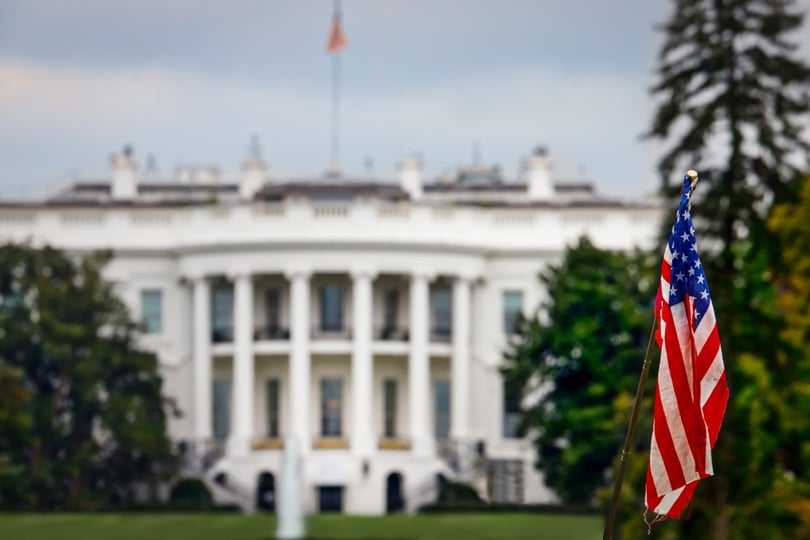Addressing the Opioid Epidemic on a National Level

Last November, the President’s Commission on Combating Drug Addiction and the Opioid Crisis released their final report outlining several recommendations for the Trump administration to adopt in order to combat the opioid epidemic in America.
Then, last month in New Hampshire, President Trump began broadly outlining new policies his administration would work towards to address the war on opioids. While the details of how and when these proposals will occur are still sparse, the announcement has outlined a clearer plan of action.
President Trump’s opioid plan can be broken down into three parts: tougher punishments related to opioids, reducing the number of opioids, and expanding treatment for opioid addiction. Part of Trump’s plan would require the adoption of tougher criminal penalties for drug offenses related to opioids, including mandatory sentences for trafficking fentanyl and other opioids, and the potential for the death penalty related to opioid drug offenses where appropriate.
Additionally, under President Trump’s plan, the administration aims to reduce the number of opioid prescriptions by a third within three years. To achieve this, the administration has outlined a few initiatives, including the development of a national Prescription Drug Monitoring Program (PDMP). Presently, PDMP’s are established on a state-by-state basis, but many states allow their information to be shared with other states. For example, New York recently announced they would share their PDMP data with twenty-five states.
How a national PDMP would work is not yet known, but it would likely mean that practitioners would have to report to a national PDMP, either in addition to or in replacement of reporting to their state’s PDMP.
Finally, as part of this initiative, the government would require Medicaid, Medicare, and other federal health program prescribers to follow the CDC opioid guidelines. Among those guidelines is a limit on the use of opioids as a first treatment for short-term pain and places limits on opioid prescriptions. While reducing opioid scripts is admirable, several critics point out that such efforts might inadvertently hurt chronic pain sufferers who have legitimate needs for opioids and use them in a healthy and responsible way. However, without more details on how this initiative will be achieved, it’s hard to know the full impact.
Finally, the plan, like many opioid regulations, looks to expand access to addiction treatment across the country. The initiative would require states to adopt evidence-based addiction treatment and make it available to their citizens. It would also remove limits that prevent Medicaid payments to larger treatment facilities, potentially opening up more space for opioid addiction treatment. Of all the proposals, this will likely be one of the more expensive endeavors which would require additional funding from the federal government, a task that has been hard to achieve over the last few months as seen by the constant budget battle on Capitol Hill.
Over the next few months we expect the details of the plan to come out, but in the meantime, a clearer path to a national response to the opioid epidemic is emerging and we’ll continue to monitor for the impact on injured workers.
Other Posts You Might Be Interested In
Subscribe to email updates
Stay up-to-date on what's happening at this blog and get additional content about the benefits of subscribing.


